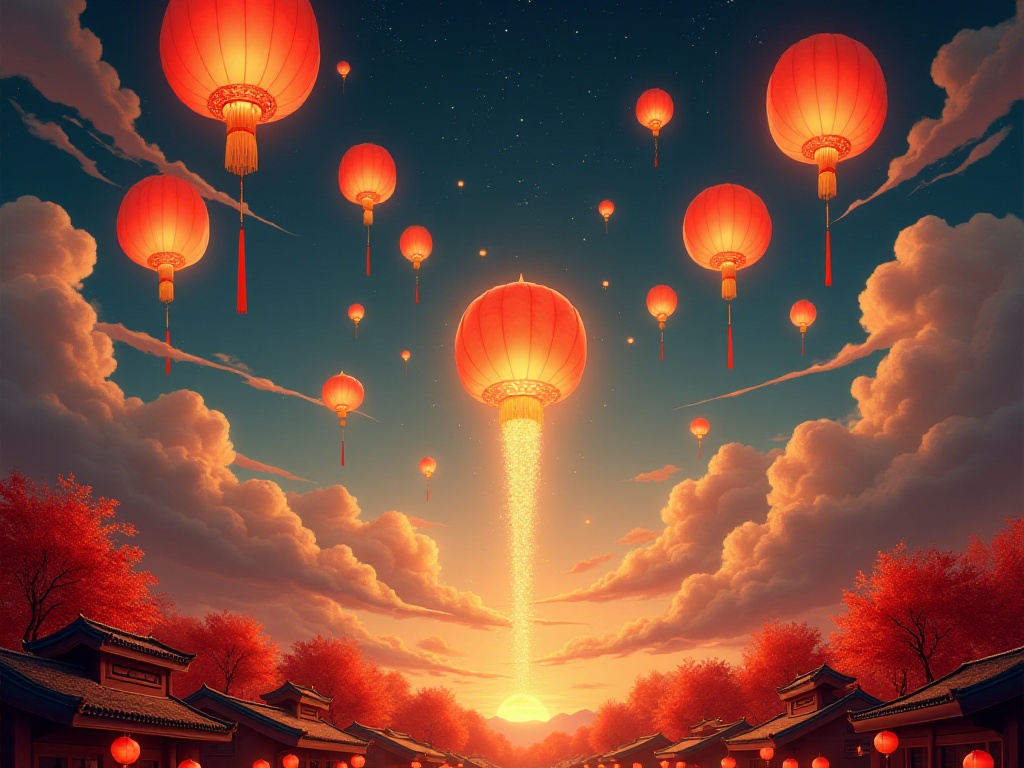
Opening Words
Friends, today let's discuss a particularly interesting topic: Chinese traditional festivals. As a native Chinese person, whenever I talk about our festival culture with foreign friends, they are always amazed. Every time I see their surprised expressions, I can't help but smile, because what's commonplace for us is so magical in their eyes.
Foreign friends always curiously ask me: "Why do you have so many festivals in China?" I explain to them that this is because China has a five-thousand-year civilization history, with each dynasty leaving behind some festival customs, which have formed today's rich and colorful festival system through years of accumulation. Moreover, each festival has touching legends and deep cultural connotations behind it, which are the crystallization of Chinese wisdom.
Spring Festival Spectacle
Spring Festival is absolutely the top-tier festival in China. Last year during Spring Festival, when I posted a family photo on social media, an Australian friend commented: "Chinese people take New Year celebrations so seriously!" Indeed, from the twenty-ninth day of the twelfth lunar month, the entire life rhythm becomes completely different.
The origin of Spring Festival can be traced back to ancient times. During the Shang and Zhou dynasties, people had already begun holding grand sacrificial ceremonies at the end of the year. People would worship ancestors and deities at year's end, praying for favorable weather and good harvests in the coming year. This tradition continues today, though in different forms. While we no longer hold formal sacrificial ceremonies, many families still set up offerings and burn incense for ancestors on New Year's Eve to express remembrance and respect for their forebears.
Spring Festival preparations actually start from the twelfth lunar month. I remember when I was young, my mother would start preparing New Year goods a month in advance. On the eighth day, we would cure meat; on the twenty-third, worship the Kitchen God; on the twenty-fourth, do thorough cleaning; on the twenty-fifth, fry rice cakes... Each day had specific customs to follow. Thinking about it now, these elaborate preparations actually create a sense of ceremony, letting us truly feel the arrival of the new year.
New Year's Eve is arguably the most important moment of Spring Festival. The whole family gathering for the reunion dinner means far more than just the food itself. Each dish on the table has special meaning: fish represents surplus every year, dumplings symbolize gold ingots, longevity noodles predict long life. After dinner, watching the Spring Festival Gala together has become a fixed program for most Chinese families. Although many young people now complain that the Gala is old-fashioned, they still watch it punctually on New Year's Eve, as it has become a kind of sentiment and habit.
The first thing on New Year's morning is giving New Year's greetings to elders. The way of giving greetings has also evolved with the times - besides traditional face-to-face greetings, WeChat video greetings have become increasingly common. Red packets have evolved from traditional paper ones to WeChat digital ones, but the joy of receiving them hasn't changed at all. The first to fifth days of the lunar new year are peak times for visiting relatives and friends, when relatives visit each other's homes, chat about daily life, and share the joys and sorrows of the past year.
Young people nowadays might find visiting relatives troublesome, but thinking carefully, this is actually an important way to maintain family bonds. In this age of information explosion, although we can learn about relatives' recent situations through social media anytime, face-to-face communication has become increasingly rare. The Spring Festival tradition of visiting relatives gives us a rare opportunity to put down our phones and truly reunite with family.
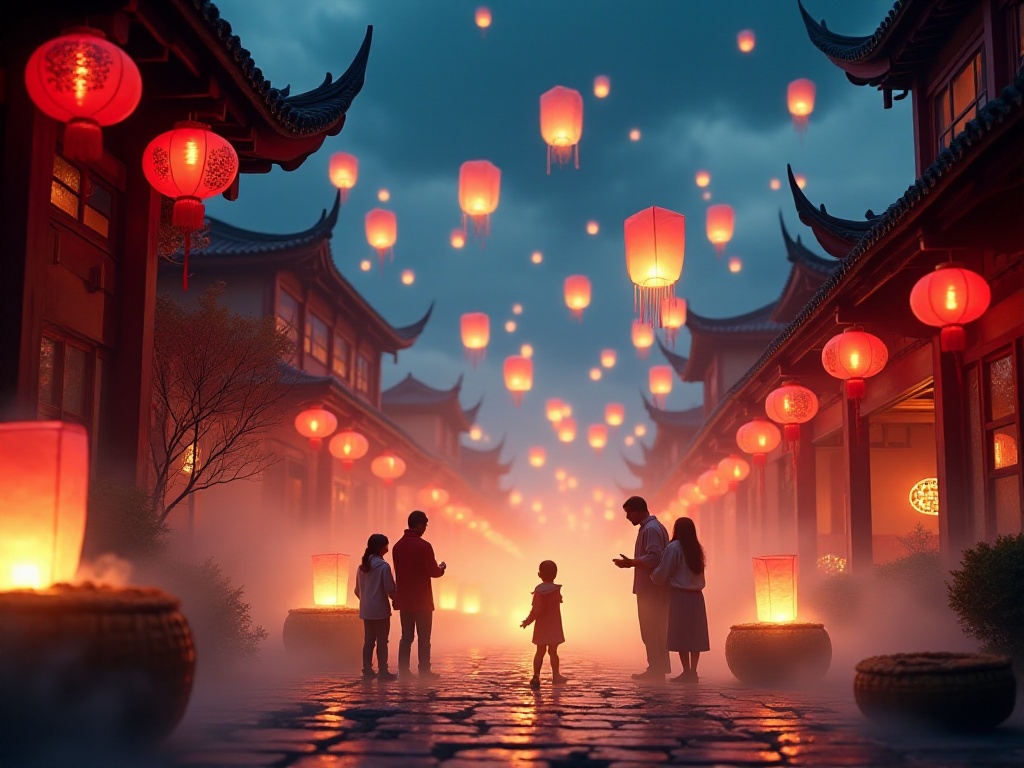
Lantern Festival Celebrations
The Lantern Festival on the fifteenth day of the first lunar month is the final climax of Spring Festival celebration series. This festival can be traced back to the Han Dynasty, when it was called the Upper Yuan Festival, the first full moon night of the lunar new year. In ancient times, this was one of the few days when people were allowed to go out at night, so it was particularly popular.
The most representative food of the Lantern Festival is certainly tangyuan (sweet rice balls). The history of tangyuan can be traced back to the Song Dynasty, when they were called "floating rounds." Why this name? Because tangyuan float up and down in hot water, just like the moon in the sky. Later, because "tangyuan" sounds similar to "reunion" in Chinese, it gradually became the star of the Lantern Festival.
Today's tangyuan varieties are truly diverse. Besides traditional black sesame, peanut, and red bean fillings, various innovative flavors keep emerging. There are matcha, chocolate, custard flowing heart, and even fruit-flavored tangyuan. However, my personal favorite is still the traditional black sesame filling - that moment when you bite into it and the sweet sesame filling flows out is simply heavenly.
The most lively activity during the Lantern Festival is admiring lanterns. In ancient times, streets would be hung with colorful lanterns during the Lantern Festival, and people would carry lanterns while walking the streets and solving lantern riddles. Although such lively scenes are rarely seen in cities now, some places still maintain this tradition. For example, ancient towns like Zhouzhuang and Wuzhen in Jiangnan hold grand lantern festivals every year, attracting tourists from all over the country.
I remember going to the Suzhou Lantern Festival last year, which was absolutely amazing. Various shaped lanterns decorated the entire ancient city like a dream, with traditional dragon and phoenix lanterns, revolving lanterns, as well as modern tech-inspired light and sound installations. Most impressive were the lantern riddles - some were particularly creative, making people stop and think. Although young people today might not be familiar with traditional lantern riddles, these brain-teasing games are still very interesting.

Mid-Autumn Reunion
If Spring Festival is the most lively festival, then Mid-Autumn Festival is the most romantic one. Every year on the fifteenth day of the eighth lunar month, under the bright moon, families gather together to admire the moon and eat mooncakes - such scenes have been depicted by poets for thousands of years.
The tradition of moon-viewing during Mid-Autumn Festival has a long history. In ancient times, people believed that the moon on the fifteenth day of the eighth lunar month was the roundest and brightest of the year, so they particularly valued this day. When ancient people admired the moon on this day, it wasn't just about appreciating natural beauty, but more about expressing their longing for reunion. Those far from home would gaze at the moon on this day, thinking of their hometown and family.
Su Shi's "Water Melody" describes the scene of moon-viewing during Mid-Autumn Festival: "When did the bright moon first appear? I raise my wine cup and ask the sky. I wonder what year it is tonight in those celestial palaces up high." This poem expresses the homesickness of travelers and people's longing for reunion. Although transportation is advanced now, many people still can't return home for Mid-Autumn Festival due to work. However, technological development allows us to have "cloud reunions" with distant family members through video calls - although we can't be face to face, looking at the same moon actually intensifies those feelings of missing and connection.
Speaking of Mid-Autumn Festival, we must mention mooncakes. Mooncakes first appeared in the Song Dynasty, then called "moon rounds," and were offerings for moon worship. It wasn't until the Yuan Dynasty that mooncakes became popular and turned into the seasonal food for Mid-Autumn Festival. Traditional mooncake fillings mainly consisted of red bean paste and lotus seed paste, but now mooncakes come in endless varieties. Snow skin mooncakes, flowing custard mooncakes, double-yolk lotus paste mooncakes - you name it. Some innovative flavors even incorporate modern elements like durian, matcha, and chocolate.
However, to be honest, mooncakes now are not just food, but more a medium for maintaining relationships. Before Mid-Autumn Festival, various exquisite mooncake gift boxes appear in shopping malls, with prices ranging from tens to thousands of yuan. Some say today's mooncakes are too commercialized and have lost their traditional taste. But I think as long as the gift-giving intention is sincere, the form doesn't really matter.
Another Mid-Autumn tradition is appreciating osmanthus flowers. The eighth lunar month is when osmanthus flowers are in full bloom, filling the air with their fragrance. Ancient people particularly enjoyed appreciating osmanthus flowers during Mid-Autumn Festival, feeling that these elegantly fragrant flowers perfectly complemented the bright moon. Although osmanthus trees are rare in cities now, you can still find this ambiance in some ancient towns and gardens.

Final Words
Looking back at these traditional festivals, it's not hard to find they all share a common theme: reunion. Whether it's the family gathering during Spring Festival, enjoying lanterns together during the Lantern Festival, or thinking of loved ones while moon-gazing during Mid-Autumn Festival, they all reflect the importance Chinese people place on family reunion.
In today's fast-paced modern society, many traditional customs are gradually disappearing. Young people might find these traditions too complicated and not fashionable enough. However, I think these traditional festivals are not just reasons for holidays, but more importantly, they're cultural inheritances. They carry the wisdom and emotions of our ancestors and are important bonds maintaining family relationships.
Moreover, these traditional festivals are also evolving with the times. WeChat red packets have replaced traditional red envelopes, video calls have partially replaced visiting relatives, and new-style mooncakes incorporate modern elements... These changes don't mean the disappearance of tradition, but rather innovation and development of tradition in the new era.
Most importantly, these festivals give us opportunities to slow down and return to family. In this era where everyone is bound by phones and work, being able to put everything aside for a few days and focus on spending time with family is itself something very precious.
So, let's cherish these traditional festivals and pass on their spirit and connotations. Perhaps when we're old and recall these festival moments, we'll find they were the warmest parts of our lives.
Which traditional festival do you like best? Welcome to share your festival memories in the comments. Perhaps your story will help more people rediscover the charm of traditional festivals.
Next
Practical Life Tips: From Theory to Practice, Making Your Life Easier and More Comfortable
A comprehensive guide exploring life hacks for productivity and efficient home management, combined with detailed insights into Chinese traditional festivals, focusing on Spring Festival customs, New Year's Eve preparations, and family reunion traditions
I Spent a Month Researching Life Hacks and Compiled This Guide to Dramatically Improve Quality of Life
A comprehensive guide covering practical life hacks and Chinese traditional festival customs, including home organization, kitchen management, cleaning tips, and cultural insights into Spring Festival, Lantern Festival, and Winter Solstice celebrations
21 Days to Transform Your Eating Habits: Making Healthy Living Less Burdensome
A comprehensive guide covering balanced nutrition, dietary control, exercise recommendations, and essential healthcare practices to help readers establish a scientific and healthy lifestyle
Next
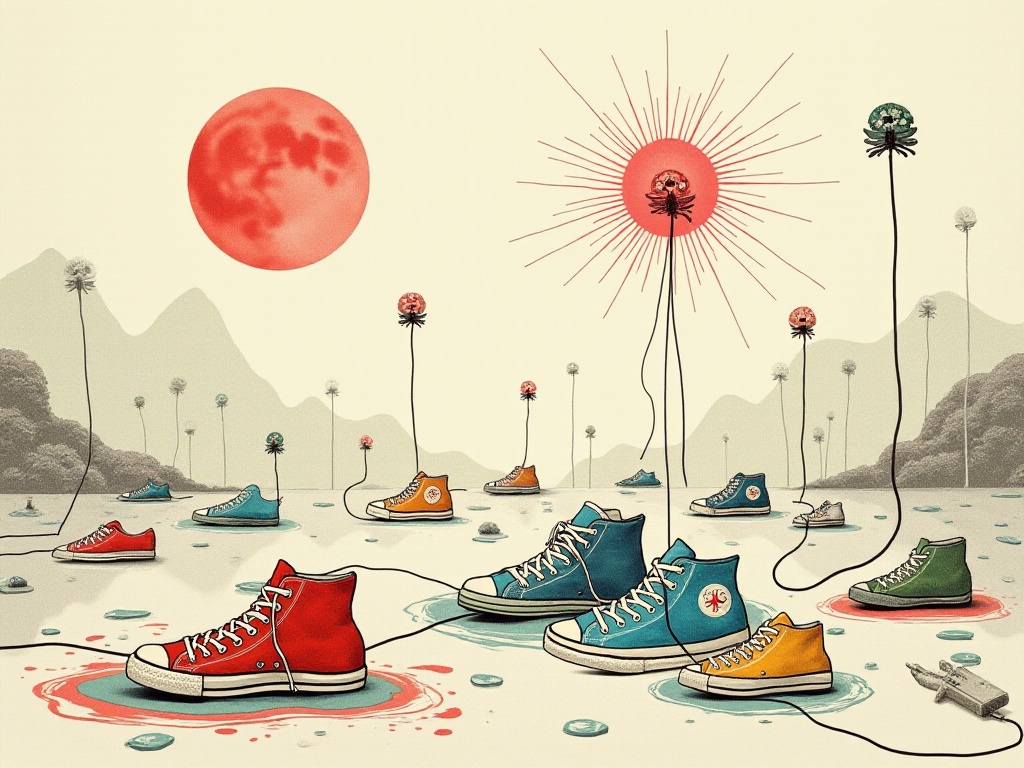
Practical Life Tips: From Theory to Practice, Making Your Life Easier and More Comfortable
A comprehensive guide exploring life hacks for productivity and efficient home management, combined with detailed insights into Chinese traditional festivals, focusing on Spring Festival customs, New Year's Eve preparations, and family reunion traditions
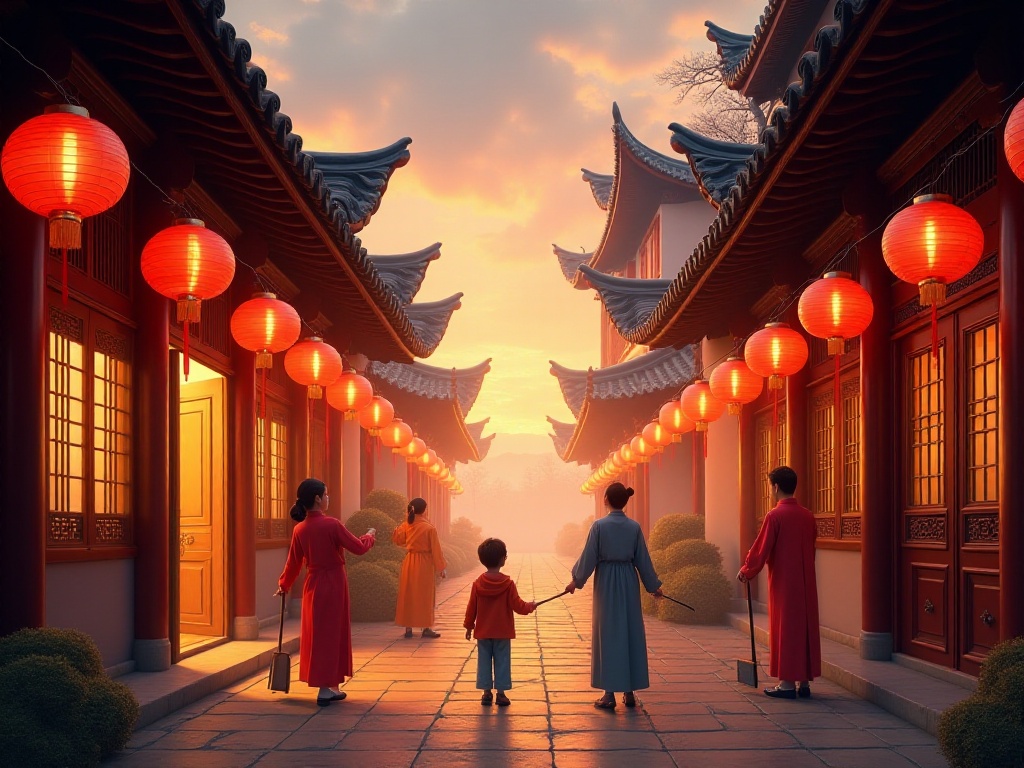
I Spent a Month Researching Life Hacks and Compiled This Guide to Dramatically Improve Quality of Life
A comprehensive guide covering practical life hacks and Chinese traditional festival customs, including home organization, kitchen management, cleaning tips, and cultural insights into Spring Festival, Lantern Festival, and Winter Solstice celebrations
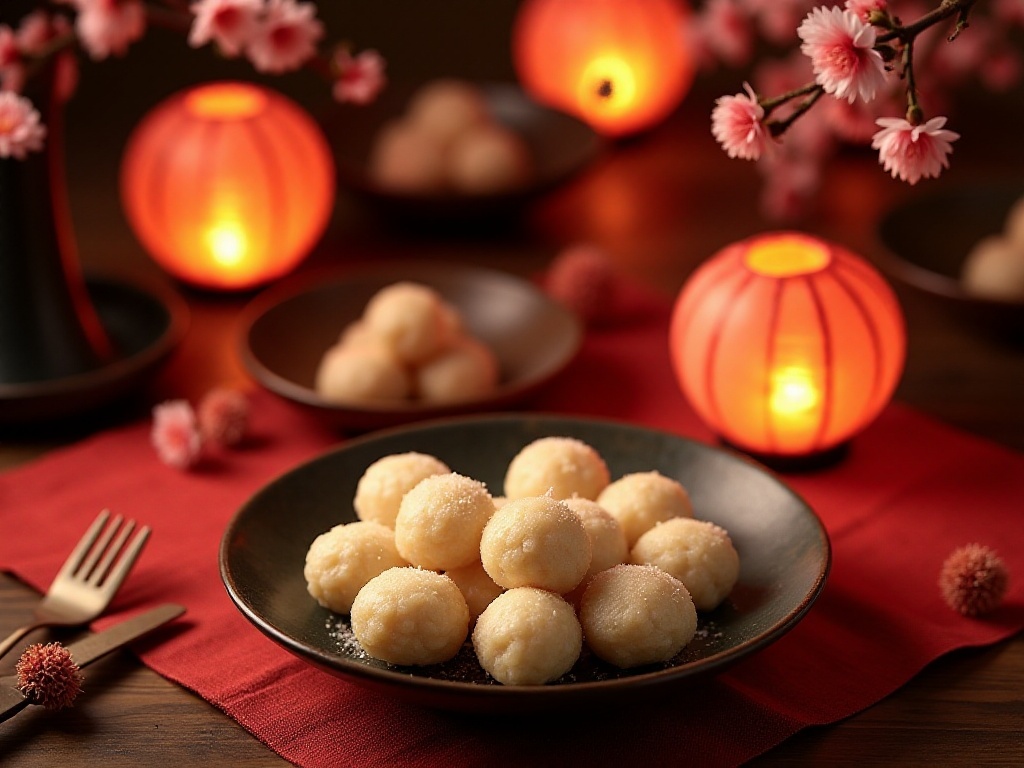
21 Days to Transform Your Eating Habits: Making Healthy Living Less Burdensome
A comprehensive guide covering balanced nutrition, dietary control, exercise recommendations, and essential healthcare practices to help readers establish a scientific and healthy lifestyle

